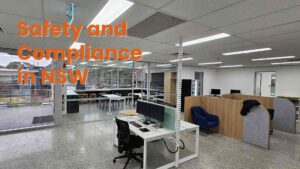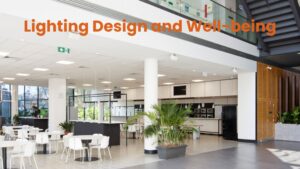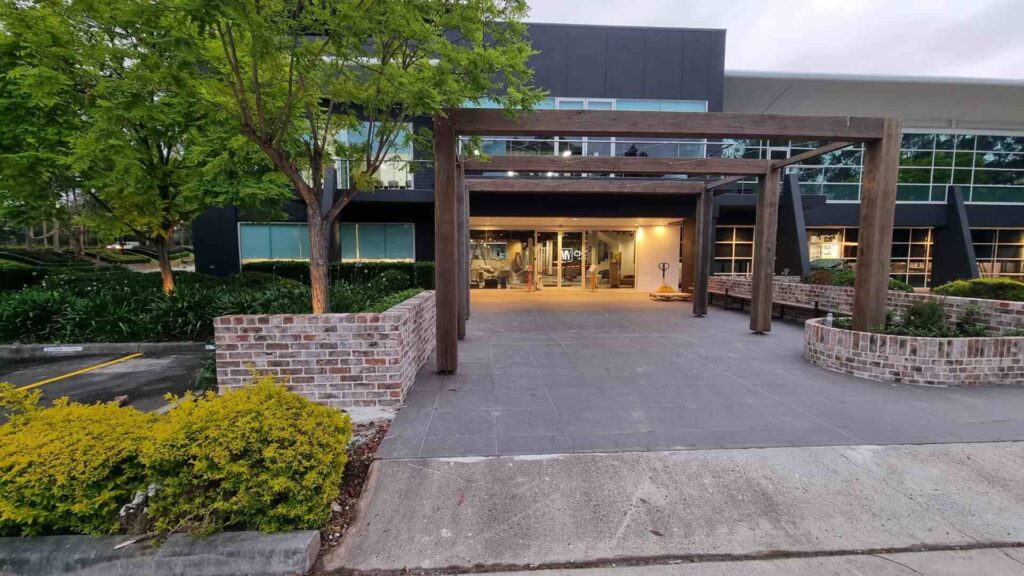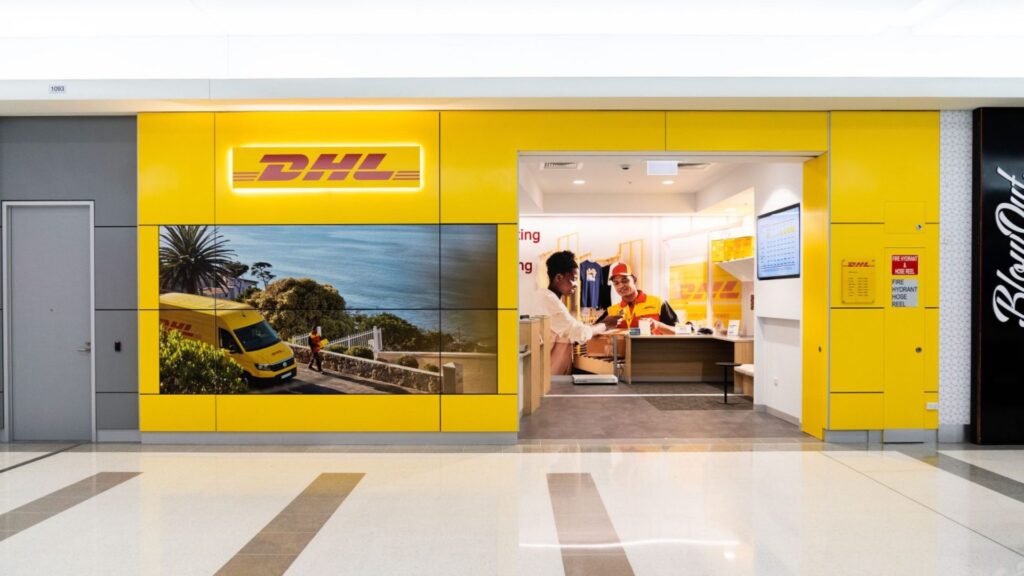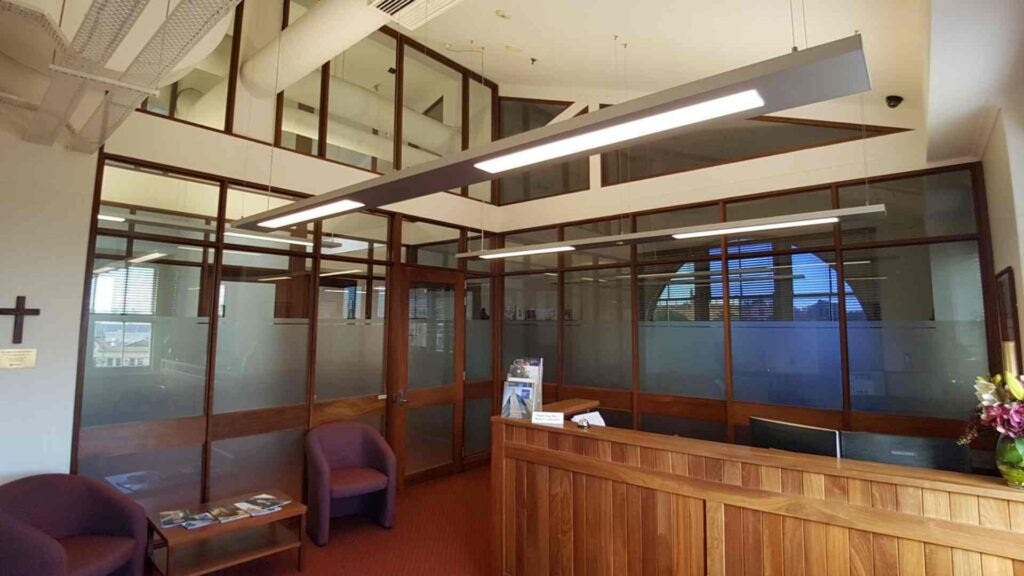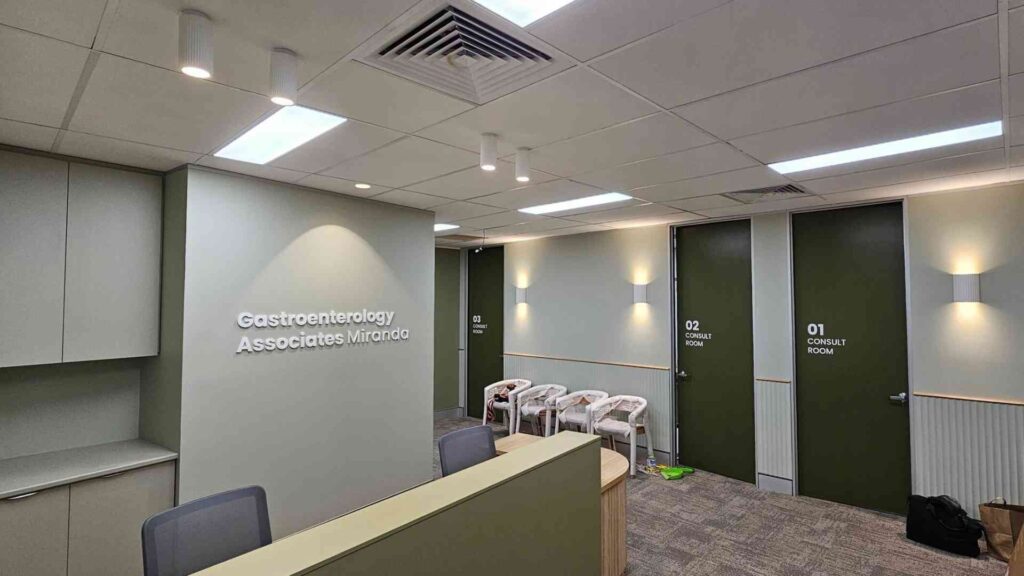The electrical infrastructure is the lifeline of any modern business, especially in a dynamic, tech-centric city like Sydney. A professional electrical office fitout is not merely a wiring job; it is the strategic design and installation of the entire power, data, and lighting ecosystem that ensures safety, drives technological integration, and dictates long-term energy efficiency. In today’s competitive environment, where every second of downtime costs money, neglecting the quality and foresight of your electrical plan is a critical business risk. It is the uncompromised foundation upon which your brand’s productivity and capacity for growth are built.
An electrical office fitout demands far more than surface-level aesthetics. The hidden network of wires, conduits, and panels must align perfectly with your operational needs, supporting everything from high-density server racks to flexible workstation setups and advanced audio-visual (AV) collaboration suites.
The Unwavering Mandate: Safety, Compliance, and Certification in NSW
In Sydney, the electrical fitout process is governed by stringent state and national safety regulations, which protect both occupants and the building structure. Compliance is paramount and non-negotiable.
Adhering to Australian Standards
All commercial electrical work must strictly adhere to the AS/NZS 3000: Australian/New Zealand Wiring Rules. This is the core standard that ensures the safety and proper installation of electrical equipment. Furthermore, specific commercial environments may need to comply with additional standards relating to emergency lighting (AS 2293) and fire protection systems.
A certified electrical contractor will meticulously plan the following to meet these codes:
- Switchboard Capacity and Placement: Ensuring the main distribution board has sufficient capacity for current and future power demands, and that safety breakers (Residual Current Devices or RCDs) are correctly installed to protect all circuits.
- Cable Management: Utilizing appropriate conduits, cable trays, and ducts to segregate power and data cables, preventing interference and ensuring ease of maintenance and fire protection.
- Earthing and Bonding: Correctly implementing earthing systems to protect against electric shock and reduce the risk of fire.
The Certificate of Compliance (CCEW)
The most critical document upon completion of the electrical fitout is the Certificate of Compliance for Electrical Work (CCEW), issued by a licensed electrician upon completion of any electrical installation. This certificate is your legal guarantee that the work is safe, meets the regulatory standards set by Fair Trading NSW, and is essential for insurance purposes, tenancy approvals, and Workplace Health and Safety (WHS) audits. Without a CCEW, your business exposes itself to severe legal and insurance liabilities.
The Core of Productivity: Integrated Power and Data Cabling
Modern offices rely on uninterrupted, high-speed data and power. The quality of your office fitout’s cabling infrastructure directly correlates with your team’s efficiency and communication reliability.
Intelligent Power Point Placement
No one should have to navigate a maze of extension cords. A strategic fitout places power and dedicated charging points exactly where they are needed:
- Underfloor Systems: Utilizing power and data floor boxes that allow workstations to be easily reconfigured without costly structural changes. This is vital for flexible, agile office layouts.
- Desk Integration: Incorporating integrated power modules into desks and collaboration tables, often combined with USB-A and USB-C charging ports for mobile devices.
- Meeting Room Integration: Ensuring a high concentration of power points around display screens and meeting tables to support laptops, presentation equipment, and video conferencing systems.
Structured Data Cabling (Cat 6A and Fiber)
The data network is arguably more critical than the power supply. A professional office fitout uses structured cabling (typically Cat 6A or higher) that supports future high-bandwidth demands, such as 10-Gigabit Ethernet. Key considerations include:
- Network Redundancy: Planning for multiple data points at each workstation to accommodate dual screens or shared peripherals.
- Separate Voice and Data Lines: Although often run over the same infrastructure, clear labelling and segregation are necessary for complex setups.
- Fibre Optic Backbones: For large offices spanning multiple floors or connecting to server rooms, high-capacity fibre optic cabling is essential to prevent data bottlenecks.
Lighting Design: Engineering Focus and Well-being
Lighting is no longer just about illumination. It’s a critical tool for creating ambiance, improving employee well-being, and reducing operating costs.
Human-Centric Lighting (HCL)
Sydney’s best office fitouts incorporate Human-Centric Lighting, which mimics natural daylight cycles. Dimmable LED systems can adjust their colour temperature throughout the day: cooler, brighter whites in the morning for alertness, and warmer, softer light in the late afternoon to prepare for winding down. This approach helps regulate circadian rhythms, leading to reduced eye strain and improved focus.
Energy Efficiency and Smart Controls
The transition to LED lighting is foundational for energy savings, but smart controls take efficiency further:
- Occupancy Sensors: Automatically turning off lights in meeting rooms, bathrooms, and infrequently used areas when no movement is detected.
- Daylight Harvesting: Using sensors near windows to automatically dim or turn off artificial lights when sufficient natural light is available, a major cost-saver in sun-drenched Sydney offices.
- Zoning: Creating separate lighting zones for different areas (quiet focus areas, reception, kitchen) that can be controlled independently to match the activity and time of day.
The Strategic Value: Future-Proofing and Scalability
A superior electrical office fitout is defined by its ability to adapt. Sydney businesses are dynamic. They expand, adopt hybrid work, and change technology platforms rapidly.
- Headroom in the System: Professional electricians design the switchboard and cabling routes with at least 20-30% spare capacity built into the system. This allows the client to add more workstations, new servers, or additional kitchen equipment without necessitating a disruptive and costly electrical overhaul.
- Modular Design: Utilizing plug-and-play components where possible, such as under-desk power tracks and pre-terminated data cables. This facilitates quick and easy reconfigurations of the office layout with minimal disruption.
- Integrated AV and Security: The electrical team coordinates with IT and security contractors to provide dedicated, clean power and data points for server racks, digital signage, CCTV cameras, and access control systems, ensuring all critical infrastructure is supported by reliable, dedicated circuits.
By prioritising robust planning, strict compliance, and forward-thinking technology integration, an expert electrical fitout transforms your office from a static liability into a flexible, productive, and future-ready asset.
Ready to Power Your Future?
Let Lightspeed Electricals provide the safe, compliant, and efficient solution your business deserves. Contact us today to receive your comprehensive project proposal and quote at no cost.



